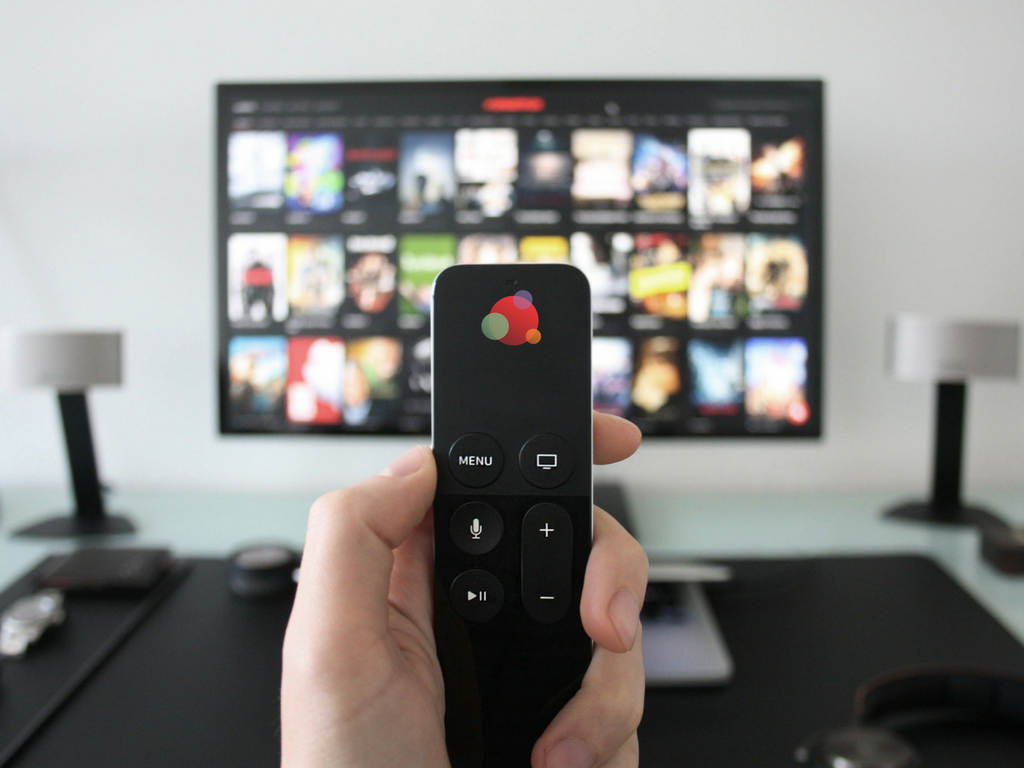 TV advertising vs. digital marketing?
TV advertising vs. digital marketing?
Although digital and TV agencies love to fight over who deserves more credit for each click to a company’s website and every sale, both are necessary for a successful marketing strategy.
Many brands stick to digital-only campaigns because they fear the expense and tracking difficulty of TV.
But once they move to TV advertising, they often find it’s much easier and less expensive than initially thought.
TV Advertising vs. Digital Marketing
Digital marketing and TV are not opposing forces; they’re two sides of the same coin.
While digital marketing is ideal for targeting a particular audience who know what they’re looking for, it’s difficult to reach a broader group who are not actively searching for your brand.
TV educates and creates awareness and desire, making the customer want what you are selling.
Successful TV advertising supplements digital marketing by reaching a massive audience and encouraging those people to seek information online.
With TV, all digital efforts become easier.
Marketing professionals need to lay down their arms in the battle of TV advertising vs. digital marketing and realize they can accomplish more by working together.
The State of TV Marketing
TV provides the biggest bang for your buck when it comes to eyeballs on ads.
Rich Lehrfeld, a marketing vice president at American Express, recently said in an interview that one day of television provides his brand as much product awareness as two weeks of digital advertising.
Despite the cord-cutting trend, TV ads remain effective.
In fact, according to a study about the effectiveness of various forms of advertising, 75 percent of consumers said TV ads are the most effective in reaching them.
Digital fell far behind, with just 7.80 and 5.90 percent of people saying internet and mobile ads, respectively, are the most effective.
TV ads live in people’s homes, walking and talking in their safe environment by invitation.
The longevity of TV advertising has built trust between viewer and marketer.
Watching a television ad is like listening to an old friend—even if you don’t always like what the person has to say.
By adding a TV presence, strong digital campaigns become more powerful, and weak ones get the momentum they need.
TV and digital are not the opposing forces many marketers have been led to believe.
On the contrary, they are the yin and the yang digital marketers must learn to use in harmony to create better campaigns.
Tips to Use TV to Complement Digital Marketing
Don’t miss out on more revenue because you fear TV advertising.
Follow these tips to develop a blended strategy and start seeing a boost in sales immediately:
Add a Digital Offer to Your TV Campaign
Your offer can be as simple as, “Log on now for 20 percent off your first order!” or “Order now for free shipping!”
Most viewers are on their smartphones while they’re watching TV, so give them a reason to search for your website or follow your social media accounts.
Whether you offer a discount, free shipping, or another perk, give your audience members an incentive to pull out their smartphones.
Then, land more sales by making your offer easy to find—don’t hide it in the corner of your website or make it impossible to redeem on mobile.
Match the Branding to Your Online Campaigns
Don’t confuse consumers by using campaigns that don’t match.
There shouldn’t be TV advertising vs. digital marketing; digital and TV work together.
If a viewer sees your commercial and searches for your product, he should find a website with the same feel, look, and message as what was just on TV.
Keep your branding consistent across platforms to encourage viewers to continue down your funnel.
Also, be sure to treat your TV customers the same way you treat your online buyers, and deliver a consistent offer and product for both groups.
Work With Industry Experts
Marketing experts are such for a reason, so listen to their advice on creative, offer, and media selections.
Just because you watch ESPN 24/7, doesn’t mean your TV habits mirror those of your target audience.
People also watch TV outside of prime time, and on stations you may have never even considered.
Working with someone who has experience marketing to those specific TV demographics can help you formulate a successful blended strategy.
Then—most importantly—listen to the expert’s advice and trust her judgment.
Drive Effectiveness Gradually
Make sure your test is big enough to be effective, but you do not have to throw wild money at a TV test.
Shoot for a 20 percent lift above your baseline per week for two to three weeks.
You do not need to overspend—you will not learn more.
Twenty percent is a big enough lift for a marketer to see the direct correlation between the increased site traffic and revenue to begin to believe in TV.
Not long ago, everyone loved to hate TV.
People were proud to build brands with no television presence, shouting proudly that no one watches TV anyway.
Fortunately for marketers, that’s not the case, and the power of TV now commands a new type of respect.
Thanks to the power of data, TV is once again a staple of successful marketing strategies.
The amount of and access to data allows marketers to target their audiences more easily, track them efficiently, and gain strategic insights to minimize wasted ad dollars—just like online.
By supplementing your online strategy with effective TV advertising, you can stay ahead of the digital-only crowd and start building smarter campaigns.